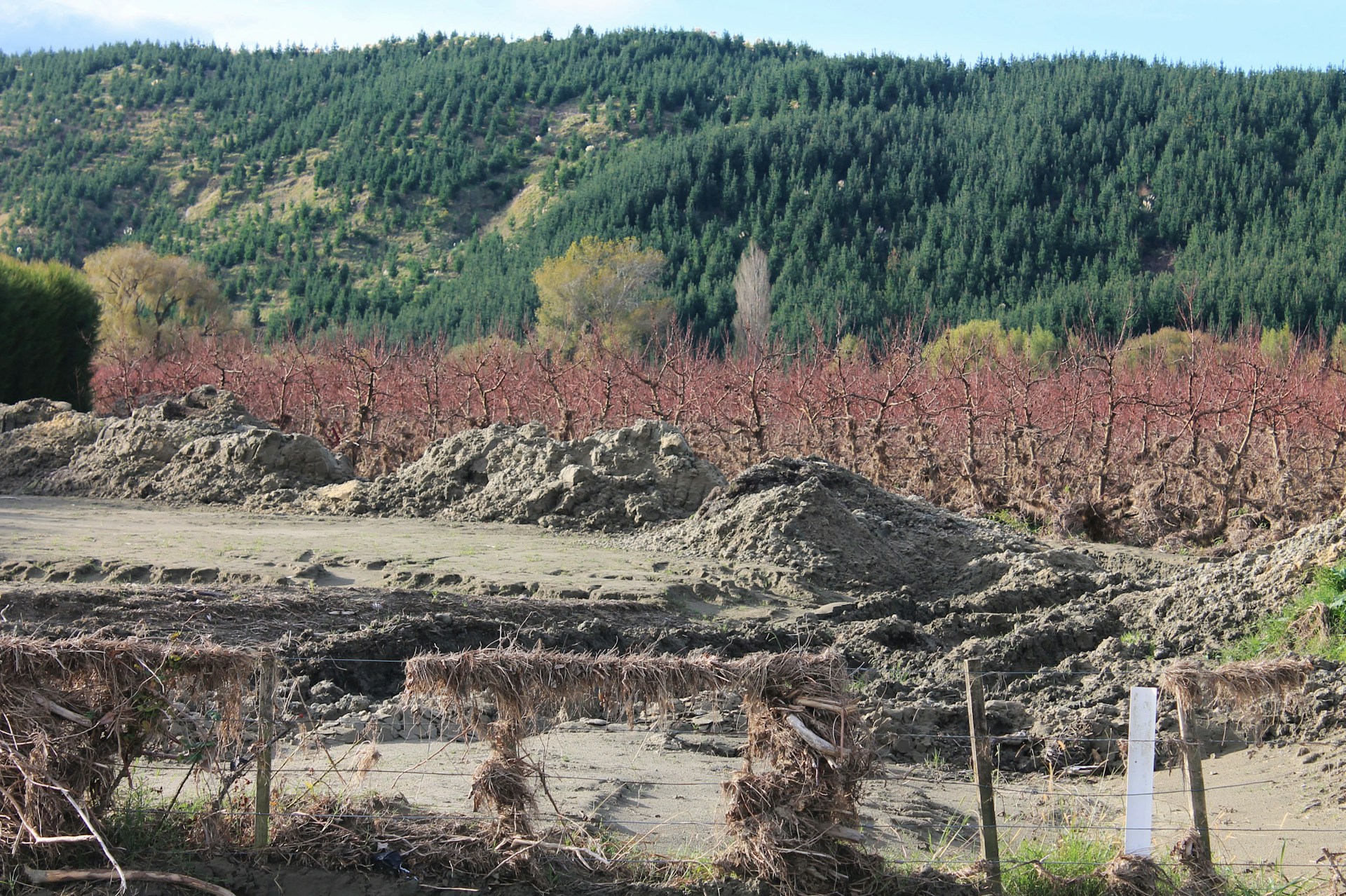An upcoming symposium in Rotorua will bring together recent research on tropical cyclone ecology, with a special focus on the ecological impacts of last year’s Cyclone Gabrielle.
The symposium is part of the 2024 New Zealand Ecological Society Conference, where experts will speak on a wide variety of topics including Mātauranga Māori and ecology, how biological invasions misshape our world, Aotearoa’s own pekapeka/bats, and many more.
The Science Media Centre asked symposium speakers to provide a preview of their talks.
Warwick Allen, Community Ecologist, Manaaki Whenua – Landcare Research, comments:
“Many impacts of tropical cyclones on ecosystems are immediately obvious, such as the windfall of trees, erosion of hillsides, and deposition of sediment and debris across the landscape. However, cyclones can also have indirect effects on species and ecosystems via their impacts on conservation projects, such as ecosanctuaries.
“Ecosanctuaries are conservation projects larger than 25 hectares, where multi-species, pest mammal control is implemented for ecosystem recovery objectives, with substantial community involvement. They are a vital part of the conservation infrastructure of New Zealand, providing a refuge for threatened native biodiversity, a place for the community to connect with nature, and represent a subset of conservation projects throughout the country.
“We interviewed representatives from 65 North Island ecosanctuaries about the types of damage and range of impacts that Cyclone Gabrielle had on conservation infrastructure and activities.
“Damage from wind (91% of affected ecosanctuaries) and erosion (85%) were widespread, with inundation (47%) and sediment deposition (32%) less prevalent. Impacts on infrastructure (e.g., pest-fences, buildings, roads, walking tracks) were most widely reported and often paired with disruption to conservation activities such as pest control, native species monitoring, and restoration plantings. Of particular concern, 40% of pest fences (often called ‘predator-proof fences’) were damaged during the cyclone, with rapid pest incursions detected in most cases.
“The cyclone damage may also lead to longer term problems, including the ongoing management of pest incursions, loss of access to management areas, reduced capacity of the conservation workforce, and opportunity costs associated with recovery instead of progress.”
No conflicts declared.
Dr Peter Bellingham, Senior Researcher, Manaaki Whenua – Landcare Research, comments:
“Tropical cyclones shape the structure, composition, and function of ecosystems in the latitudes where they occur frequently. At those latitudes, ecosystems from coral reefs to tropical rain forests have adapted to cyclone disturbance and are resilient to them.
“New Zealand is outside the zone of frequent cyclone disturbance so that we, as people, are apt to treat the effects of any given cyclone as catastrophic. However, for many New Zealand ecosystems, such as its native forests, these infrequent disturbances are important agents in promoting their regeneration.
“However, we can ill afford to be complacent about tropical cyclone effects on our native forests now and in future. Climate change and warmer oceans are taking cyclones of unprecedented intensity to higher latitudes, including New Zealand, where a new cyclone disturbance regime could transform our forests. The viability of our highly fragmented forests to cyclone disturbance is unknown, especially because of interactions with surrounding land uses that often have poor cyclone resilience. After cyclones, the forests dominated by native tree could be undermined by interactions among nutrient-rich sediment deposits, weed invasions, effects of browsing mammals, and subsequent disturbances like fire and ongoing erosion. The resilience of native forests to future cyclones could be similarly undermined by logging of snapped and uprooted trees. To predict effects of a future cyclone disturbance regime on our ecosystems we need to learn from our own history of cyclones, to learn from cyclone studies internationally, and to expect interactive effects with biological invasions and other kinds of disturbance.”
No conflicts declared.
